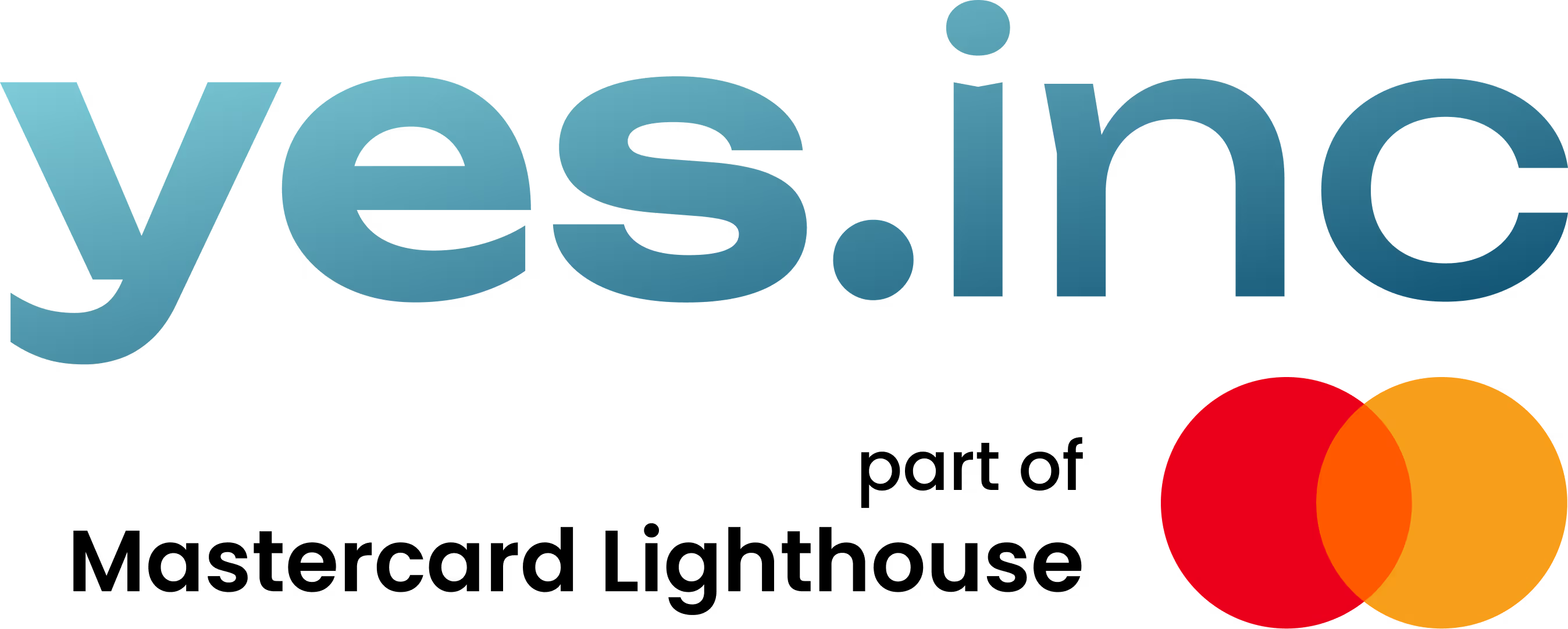Key Takeaways
- Construction technology adoption lags consumer sectors due to long sales cycles and low repeat usage.
- Real‑world consumer‑style platforms (e.g. marketplaces) are absent in construction, slowing innovation.
- To bridge the gap, stakeholders require a longer‑term outlook, conviction in value, and translation of proven consumer models.
- Expert insight: Jery Althaf (co‑founder of Kolo, formerly product leader at GoPay/Gojek) shares practical suggestions.
- Procore’s recent financial and product milestones demonstrate momentum in industry digital transformation.
Why Construction Tech Has Been Slow to Catch On
Construction has traditionally been conservative, with decision‑making centred around risk mitigation. Tech innovation often fails to translate because products face:
- One‑time or rare use cases, unlike consumer apps with high repeat frequency.
- Long sales and approval cycles, making ROI harder to validate.
- Low consumer involvement, meaning human-centred experiences are rarely prioritized.
Despite having solutions in other sectors—rideshare, food delivery, fintech—these consumer-centred practices haven’t made their way into construction marketplaces.
Consumer‑Style Marketplaces: Missing in Action
In ride‑hailing or e‑commerce, consumers enjoy transparent marketplaces, ratings, comparisons, and instant interactions. In contrast, for construction and interiors:
- There is no widely accessible consumer marketplace to browse providers, compare offerings, or book services.
- Providers lack a digital consumer‑facing presence, reducing visibility and trust.
- Interaction often depends on word-of-mouth, physical showrooms, or archaic tendering.
These gaps reinforce the slow rhythm of tech uptake in building projects.

Bridging the Gap: Expert Insight from Jery Althaf
Jery Althaf is co‑founder of Kolo App, a Bengaluru‑based home construction marketplace app launched in 2020. Jery previously held product leadership roles at Gojek (GoPay), VOONIK, and other startups. Under his leadership, Kolo has raised approximately $4.55M in two funding rounds, including a $4M seed round led by RTP Global and Better Capital, and an earlier $550K pre‑seed round in 2021. The platform now ranks among India’s leading home construction content‑community apps.
Recognizing how difficult it is to drive consumer adoption in once‑only, high‑commitment segments, Jery emphasised the importance of sustained belief in platform value:
“Longer‑term outlook and conviction around value. This category is tricky as the use case is once‑in‑a‑lifetime, with longer decision cycles. Products are usually not able to withstand this combined dynamics. Although most problems in the category have already been solved in other categories, translating them into the context has not happened. For example, while marketplaces have been at the forefront of consumer experience and tech adoption in ride hailing and food delivery, there is no consumer marketplace for interiors and construction yet.”
This insight underscores the necessity for platform models designed specifically for homeowners—not professionals—in order to drive real transformation.
How Procore’s Moves Reflect Tech Momentum
While consumer innovation lags, enterprise-grade platforms like Procore illuminate where digital transformation is accelerating. In Q2 2025 (ended June 30), Procore posted $324 million in revenue, a 14% YoY gain, with robust retention and new customer growth, while also announcing acquisitions in BIM and achieving FedRAMP “In Process” status Procore Investors.
Procore is also launching a set of August 2025 product upgrades—like Bid Leveling, BIM viewpoint publishing, and a modernized Meetings & Inspection platform—streamlining workflows for available stakeholders.
This demonstrates a shift: while consumer‑facing innovation still needs maturation, enterprise tools are pushing forward with advanced integration, AI, and standardized workflows.
Other Strategies to Accelerate Adoption
To accelerate meaningful adoption across the ecosystem, a few strategic levers can help:
- Education and awareness: Developers, contractors, and owners need proof points—case studies and quantified value—to overcome risk aversion.
- Pilot initiatives: Multi-stakeholder pilots help establish confidence in ROI and develop repeatable processes.
- Consumer platforms: Creating a marketplace or content‑driven app for homeowners—like Kolo offers—helps bring visibility, inspiration, and trust.
- Policy and incentives: Encouraging digital requirements in public tenders or institutional builds can force a shift in procurement culture.
Moving Forward: A Consumer‑Touch and Enterprise Backbone
In sum:
- Real innovation requires bridging the consumer experience gap with tailored marketplaces and design platforms.
- It also requires long‑term conviction from all players, higher transparency, and ecosystem‑wide alignment.
- As platforms like Procore continue evolving enterprise capabilities, pioneers like Kolo highlight how consumer engagement can reinforce demand from the bottom up.
- Only by combining both sides—consumer‑centred experience and enterprise infrastructure—can the industry unlock sustained tech adoption.
.webp)




